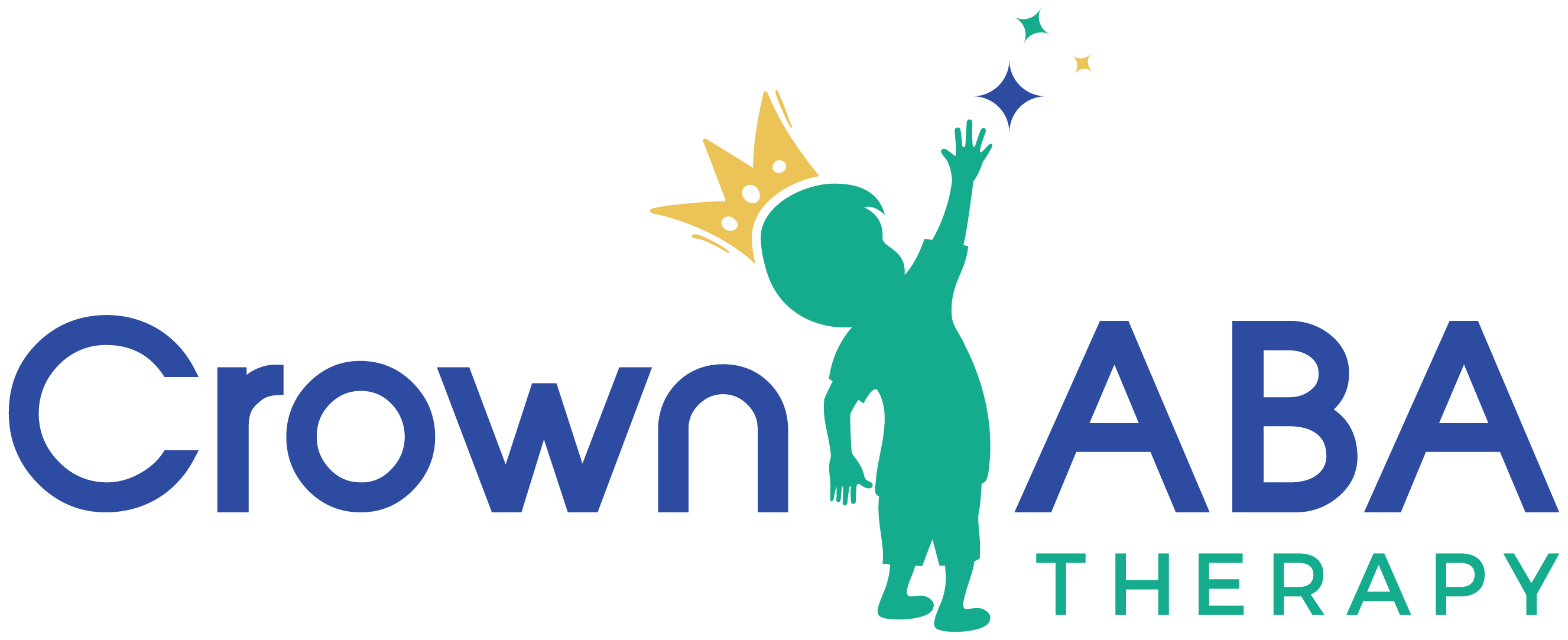Key Points:
- Hypotonia, or low muscle tone, is a common but often overlooked condition in autistic adults, affecting motor control and daily independence.
- This article explores how hypotonia presents in adults with autism, what signs to look for, and how it impacts long-term function.
- Strategies, supports, and therapeutic options—especially ABA therapy—can play a meaningful role in improving quality of life for those with hypotonia and autism.
Your child grew up, but the low energy, awkward movements, or slouched posture didn’t go away. Sound familiar? It might be more than just fatigue—it could be hypotonia. Many adults with autism still experience low muscle tone, and understanding it is the first step toward getting real, lasting support.
Is Hypotonia Common in Adults with Autism?
Yes, hypotonia, or low muscle tone, is indeed common in adults with autism. Many individuals on the autism spectrum experience motor coordination challenges, which can include hypotonia. This condition may lead to difficulties with fine and gross motor skills, such as walking, maintaining posture, or engaging in activities that require strength or control. Although not every adult with autism will have hypotonia, it is a recognized feature for some individuals. Early intervention and targeted therapies can help manage motor difficulties, improving functional independence for those affected by this condition.
What is Hypotonia in Autistic Adults?
Hypotonia (low muscle tone) is a condition that frequently co-occurs in adults with autism. It can impact posture, motor coordination, endurance, and even basic daily tasks. While it’s more commonly discussed in children, many adults on the autism spectrum continue to experience its effects.
Hypotonia in autism adults doesn’t mean muscle weakness; rather, it refers to decreased tension in the muscles, making them feel “floppy” or less responsive. It’s often misunderstood or mistaken for fatigue or laziness, when in fact it’s a real neuromuscular issue.
Why Does Hypotonia Occur in Autistic Adults?
For many parents and caregivers, it’s confusing to see their autistic child struggle with motor control into adulthood, especially when support tends to taper off with age. But the answer lies in the neurological makeup of autism itself.
Hypotonia is believed to be related to how the brain communicates with the muscles. In autism, the brain processes sensory input and motor planning differently, which can affect postural tone. It’s not that the muscles are underdeveloped—it’s the way they’re being “activated” that’s the issue.
Underlying causes may include:
- Delayed motor planning: Difficulty coordinating muscle movements.
- Sensory processing issues: Poor body awareness (proprioception) leading to clumsiness or slow movements.
- Neurological differences: Impaired neural signals that affect muscle tone regulation.
It’s also worth noting that hypotonia in autistic adults may coexist with other motor-related issues like dyspraxia (motor coordination difficulties) and hypermobility (excessive joint flexibility).

How Hypotonia Manifests in Adults Diagnosed with Autism
Recognizing hypotonia in autistic adults is crucial, especially when it impacts daily functioning and quality of life. But unlike in toddlers—where signs might be more obvious like late walking or floppy limbs—the symptoms in adults can be more subtle or misunderstood.
Here are some common signs of hypotonia in autistic adults:
- Poor posture or slouched sitting even after reminders.
- Easily fatigued after physical activity or even standing for short periods.
- Clumsy or uncoordinated movements, often bumping into things.
- Trouble with fine motor tasks like buttoning shirts or writing legibly.
- Flat feet or unusual gait that may appear “lazy” but is due to muscle tone differences.
- Discomfort with physical activity, preferring sedentary tasks.
- Inability to hold tension in the core or limbs, making daily tasks harder.
Above are signs and symptoms you might notice in an adult with autism who has hypotonia. They may become more apparent with age, especially as physical demands increase.
If you’re exploring hypotonía in adults with autism, you might also find our article on brain fog in autism helpful. “Can Autism Cause Brain Fog? Here’s What You Need to Know” dives deep into how brain fog affects individuals with autism and provides insights you won’t want to miss.
The Impact of Hypotonia in Everyday Life
The long-term effects of hypotonia autism adults experience can extend well beyond physical challenges. It often affects independence, confidence, and social participation. Adults with low muscle tone may feel misunderstood or judged for things they can’t control.
Even basic routines can be exhausting. Standing to cook, typing on a computer, walking for long distances, or even sitting upright in a chair can become physically taxing over time. The fatigue and motor planning issues can lead to anxiety, frustration, and decreased participation in work or social settings.
Here is how hypotonia affects daily function:
- Employment: Difficulty with jobs requiring physical stamina or coordination.
- Socializing: Avoidance of sports or physical activities that are common in peer groups.
- Self-care: Tasks like grooming or cooking can take longer or require assistance.
- Mental health: Constant fatigue and physical discomfort can lead to low self-esteem or depression.
By understanding the full scope of how hypotonia manifests, caregivers and clinicians can better tailor interventions for long-term support.
Can Hypotonia Be Treated or Improved in Autistic Adults?
While hypotonia can’t be “cured,” it can be managed effectively. Adults with autism and low muscle tone benefit from targeted therapies that focus on improving strength, motor planning, and daily function. The key is individualized, consistent support—and understanding that gains may be gradual, but they are meaningful.
Some strategies to support adults with hypotonia and autism include:
- Core-strengthening exercises like Pilates or yoga adapted to ability.
- Occupational therapy to develop fine motor skills and daily living routines.
- Behavioral supports through ABA therapy, especially for task initiation and motor sequencing.
- Environmental adjustments like supportive seating, ergonomic tools, or reduced physical strain.
- Consistent routines that allow for rest periods and avoid overstimulation.
It’s also important to acknowledge the overlap between motor skills and behavioral development. That’s where a multidisciplinary approach, including physical therapy, occupational therapy, and Applied Behavior Analysis (ABA), becomes essential.
How Can ABA Therapy Help With Hypotonia in Autistic Adults?
At first glance, you might wonder: Isn’t ABA therapy focused on behavior, not motor skills? That’s a fair question. But in reality, behavior and motor function are deeply intertwined—especially in adults with autism.
ABA therapy isn’t about changing who someone is—it’s about helping them learn in a structured, reinforcing environment. And that includes learning how to start and complete physical tasks, deal with motor frustration, and build routines that accommodate low muscle tone.
Support for Adults with Autism Experiencing Hypotonia
At Crown ABA, we understand that every adult on the autism spectrum deserves individualized support—including those managing hypotonia. While hypotonia autism adults experience may not always be front and center in most therapies, we ensure it gets the attention it deserves within our ABA programs.
Our team uses evidence-based ABA therapy in Maryland to help autistic adults become more independent, confident, and engaged in their communities. We don’t just teach behaviors—we support whole-person development, one personalized goal at a time.
If your loved one is navigating life with autism and low muscle tone, you don’t have to go it alone. Reach out to us today and learn how our compassionate, expert team can help build strength, skill, and self-assurance—one step at a time.





